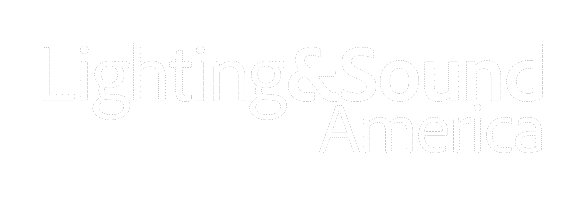LD Systems Ramps Up the Robe for Rodeo HoustonLighting designer Nathan Brittain, from Houston, Texas-based lighting rental specialist LD Systems, oversaw a major lighting upgrade for the live concert element of this year's Houston Livestock Show and Rodeo -- AKA Rodeo Houston -- which included adding over 150 Robe moving lights to the rig. Staged at NRG Stadium, Brittain has also created production lighting for the concerts for several years, with LD Systems as the lighting vendor. Every five years, a major technical upgrade takes place. Lighting is rigged on a custom TAIT-designed and built stage/roof structure, and this year Brittain and LD Systems made a major investment in Robe, including the addition of 62 iFORTEs, 70 TetraXs, and 16 iBOLTS. It was the first time iBOLTS had been used in the US on a concert series, since FDA approvals were granted in late 2024. Also, after successful testing last year, Brittain and the team used a full RoboSpot system for remote followspotting with 16 iFORTE LTXs running on 12 RoboSpot BaseStations, giving 360-degree coverage from all around the stadium. These new Robe products were added to the 128 Robe Spikies and 49 MegaPointes, which were installed on the rig in 2018. The 20-day Houston Rodeo event features a stellar lineup of artists for each of the nights and is the largest livestock exhibition and rodeo in the world, attracting more than 2.7 million visitors, also making it Houston's biggest event of the year. Brttain positioned four iBOLTS in each of the four corners of the stadium on the floor where they could be used for aerial effects throughout the stadium and for texturing those corner spaces, which so often get left in the dark on massive shows like this. He first saw the iBOLT when it was still a prototype and loved the big lens, the fat light source emanating from it, and its "beautiful, elegant" flat field, which is ideal for cameras. "It was a very distinctive look and an absolute match for what we wanted," especially the texturing effects in the corners, which were achieved using the prisms and gobos. Thirty new iFORTES were positioned in the overhead trusses, and another 32 iFORTEs on trusses over the audience. These were chosen as a powerful, fully featured profile light to replace the previous ones, which struggled against the considerable ambient light output from the large upstage LED wall, so, after extensive testing, iFORTE ticked all the boxes. The IP rating was a factor here. While it is an indoor show, there are copious amounts of dirt, dust, and other detritus constantly floating in the air, so the sealed optical chamber was a big plus in that context. The TetraXs replaced a previous effects fixture. "We really wanted something to boost the texture of the bigger lighting picture and a light source that was highly flexible, as we have to maximise all the looks across all the performances, so the rig must be ultimately versatile," Brittain says. He likes the linearity of the fixture, a disruptor in the ocean of round beams. The pan functionality opens many possibilities, especially having multiple TetraXs running together in sequences. "I like the look, it's an extremely dynamic light that can be used in so many configurations, and it was that ability to produce so many contrasting looks that persuaded me to make the choice," Brittain says. The units were rigged so that when oriented in a straight line, they mimicked the star shape of the stage. Some RoboSpots were run in doubled-up pairs to cover the furthest 365' throw distances from positions on the stadium perimeter to downstage center, with single iFORTE LTXs covering the slightly shorter 300' throw positions along the shorter sides. They provided all the main key light and were critical to how everyone looked onstage and on camera. The main challenge of integrating lighting upgrades to this event rig is the scale of implementation and responsibility involved -- basically making the right decisions and spec'ing kit that will work constructively for everyone's shows. The complete lighting control network was also new this year, with fiber running around the whole stadium. The shows are run more like a TV production than a festival. Guest LDs rock up with their artists and give input beforehand, but the shows are all programmed and run by Nathan and his crew. Working alongside Brittain as lighting systems engineer/programmer was Lance Williamson, who took care of all the perimeter lighting. Rodeo's lighting programmer was Carson Beckman, while Dan Barrett was the RoboSpot 'wrangler 'and tech. They were also joined by lighting techs Fred Deci, Wade Henry, and Elijah O'Day. LD Systems' project manager was Rob McKinley. 
|

